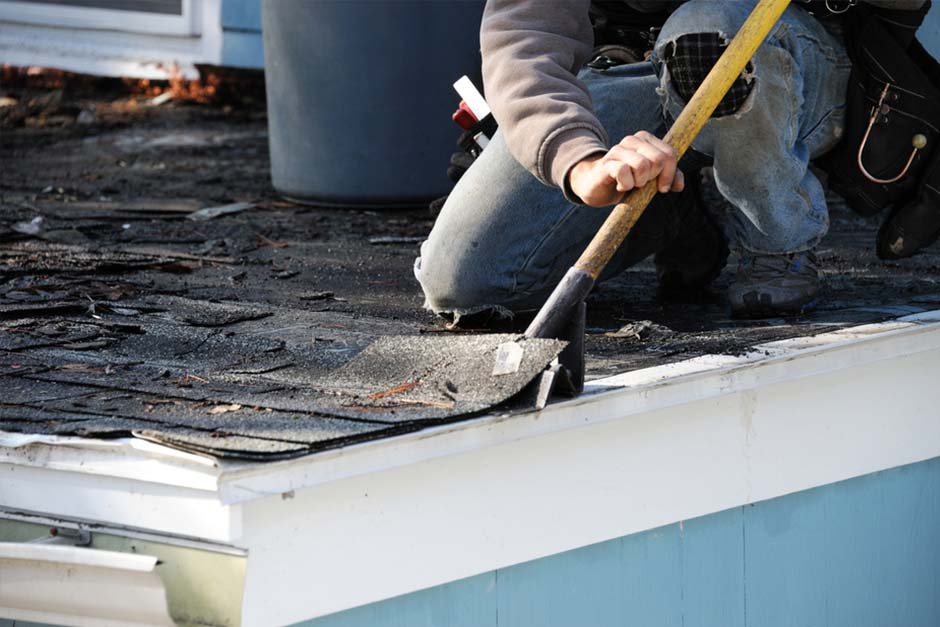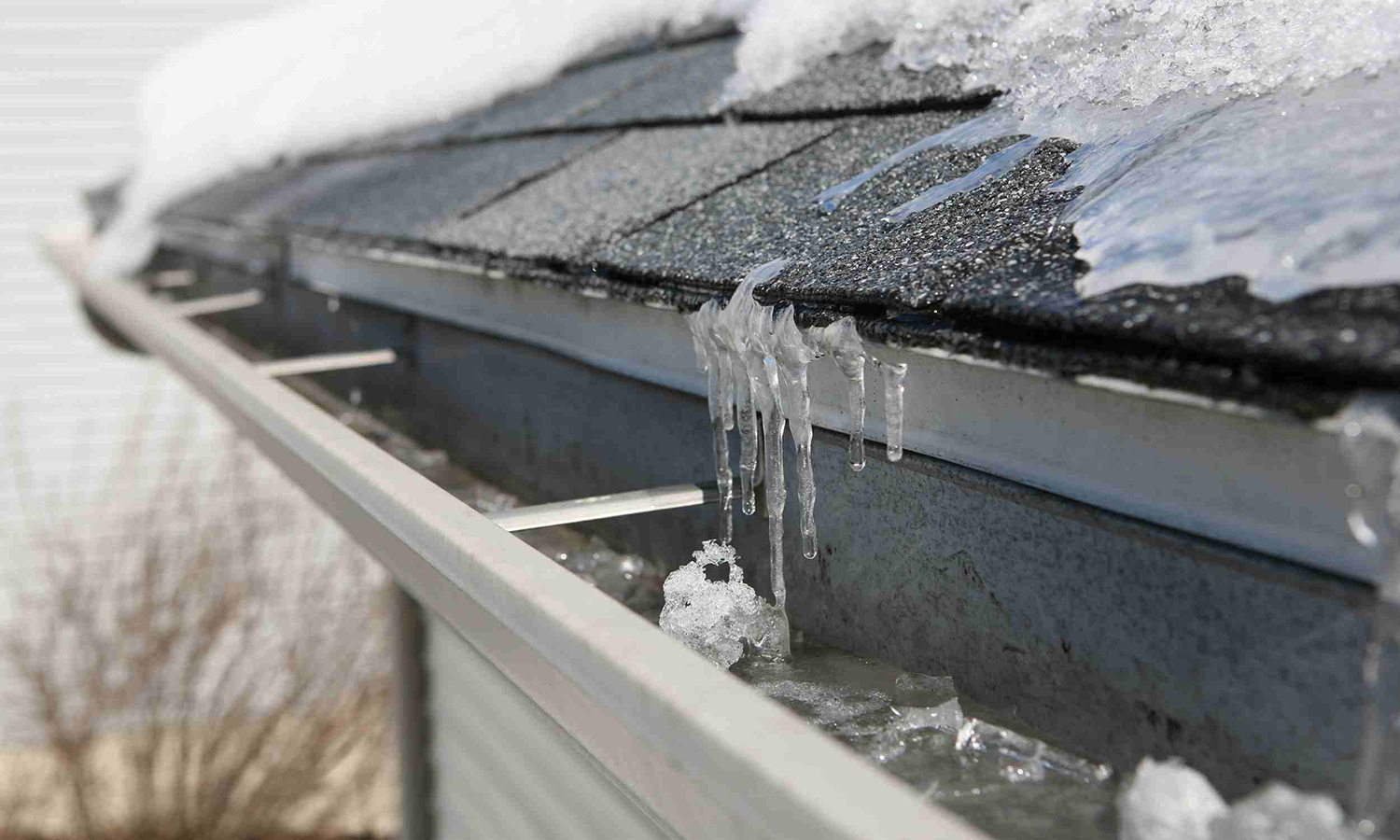The Importance of Timely Repairs
Identifying Emergency Roof Damage
Emergency Shingle Roof Repair Techniques
are often required after severe weather events such as storms, high winds, or heavy snowfall. Identifying damage quickly is critical to preventing further deterioration. Signs of emergency damage include missing shingles, significant leaks, or visible structural issues like sagging or damaged roof decking. Immediate attention to these problems is essential to protect the home from water damage and potential structural failure.

Immediate Steps to Take
Once emergency damage is identified, the first step is to contain the situation to prevent further damage. This might involve temporarily covering the affected areas with tarps or waterproof sheeting to keep water out until professional repairs can be made. It’s also important to document the damage with photos for insurance purposes. Contacting a professional roofing contractor as soon as possible ensures that repairs are handled quickly and correctly, minimizing the risk of long-term damage.
Choosing a Professional Roofing Contractor
When dealing with emergency roof repairs, selecting a qualified and experienced roofing contractor is crucial. Look for a contractor who offers prompt service, has experience with emergency repairs, and can provide references or reviews from previous clients. A reliable contractor will assess the damage, provide a detailed estimate, and complete the repairs efficiently to restore your roof’s integrity.
Taking swift action in the event of shingle roof damage can prevent minor issues from escalating into major problems, ensuring your home remains safe and secure. For more detailed guidance on handling emergency shingle roof repairs, you can explore the full article here.
